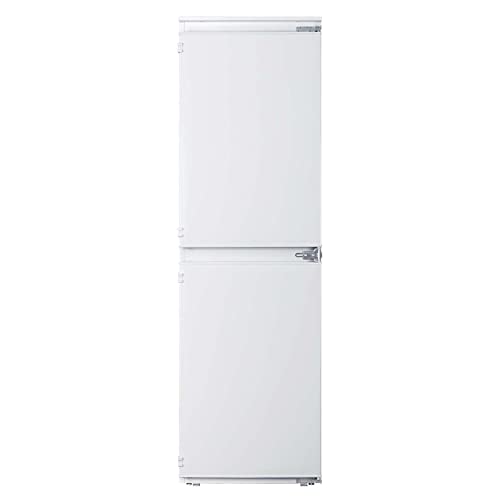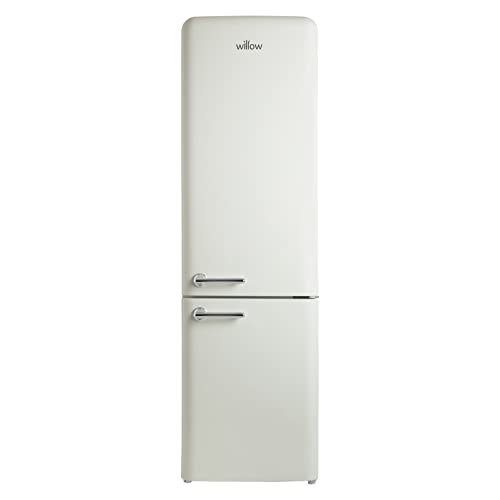fridge-freezers9210
fridge-freezers9210
The 10 Worst Fridge UK Failures Of All Time Could Have Been Prevented
The Comprehensive Guide to Refrigerators in the UK
Fridges are an essential appliance in every home, serving a crucial role in food conservation and security. The UK market uses a varied series of fridge types, sizes, features, and brands. This short article intends to offer an in-depth understanding of refrigerators readily available in the UK, including their functions, energy effectiveness, and elements to think about when purchasing.

Types of Refrigerators Available in the UK
When looking for a refrigerator, it is important to comprehend the numerous types readily available. Each type includes its own set of features and functions, accommodating different requirements and choices. The most common kinds of refrigerators discovered in the UK include:
1. Top Freezer Refrigerators
- Description: The traditional style, including the freezer compartment on top.
- Pros: More inexpensive, roomy, easy access to fresh food.
- Cons: Limited freezer area, the top may be less hassle-free for bulk items.
2. Bottom Freezer Refrigerators
- Description: Freezer lies at the bottom, enabling easier access to fresh food.
- Pros: Greater benefit, better exposure of fresh items.
- Cons: Usually more expensive, some might have problem with large frozen products.
3. Side-by-Side Refrigerators
- Description: Features 2 vertical compartments, one for the fridge and one for the freezer.
- Pros: Ample storage area, easy to gain access to both frozen and fresh foods.
- Cons: Wider footprint, they may not fit in smaller kitchens.
4. French Door Refrigerators
- Description: Combines features of bottom freezers and side-by-sides, with 2 doors for the fridge on top.
- Pros: Stylish style, roomy, and typically includes innovative features.
- Cons: Higher price point, lines up improperly with smaller sized kitchen area designs.
5. Compact Refrigerators
- Description: Smaller models designed for minimal areas.
- Pros: Ideal for small houses or offices, energy-efficient.
- Cons: Limited storage capability, may do not have functions.
6. Integrated Refrigerators
- Description: Designed to mix seamlessly with kitchen cabinetry.
- Pros: Custom fit, visual appeal, increases home value.
- Cons: Higher cost, might offer less versatility in placement.
7. Smart Refrigerators
- Description: Equipped with Wi-Fi and smart technology features.
- Pros: Advanced includes like touch screens and internal electronic cameras.
- Cons: Expensive, more complex where to buy fridge freezer repair.
| Refrigerator Type | Ease of access | Average Price Range | Energy Efficiency |
|---|---|---|---|
| Leading Freezer | Moderate | ₤ 300 – ₤ 600 | Average |
| Bottom Freezer | High | ₤ 400 – ₤ 800 | Above Average |
| Side-by-Side | Easy | ₤ 800 – ₤ 1500 | Varies |
| French Door | High | ₤ 800 – ₤ 2000 | High |
| Compact | Restricted | ₤ 200 – ₤ 500 | Average |
| Integrated | Custom-made | ₤ 1000 – ₤ 2500 | High |
| Smart | Variable | ₤ 1200+ | High |
Secret Features to Consider
- Energy Efficiency: Look for designs that are energy-efficient. In the UK, home appliances are ranked from A (most efficient) to G (least efficient). An A+ score and above can cause significant energy cost savings.
- Capacity: Choose a fridge with enough capability for your household. A standard guideline is 100-200 liters per individual.
- Noise Level: Consider designs that operate silently, particularly if the cooking area is near living areas.
- Cooling Technology: Features like frost-free innovation are worth the investment, as they reduce maintenance.
- Adjustable Shelves: Having adjustable shelves boosts the versatility to keep bigger items.
- Temperature level Control: Check for user friendly temperature level controls and zones for various kinds of food.
- Design: Choose the style and color that matches your kitchen aesthetic, whether you choose a modern stainless steel appearance or a traditional retro surface.
Purchasing Tips
- Determine Your Needs: Consider your cooking practices, household size, and cooking area area.
- Set a Budget: Refrigerators come in different cost ranges. Develop a spending plan before you begin shopping.
- Research Energy Ratings: Invest in energy-efficient models to save money on energy bills.
- Read Reviews: User experiences can offer insights into reliability and efficiency.
- Compare Brands: Some brands are known for their sturdiness while others might use more innovative features.
Often Asked Questions (FAQs)
1. The length of time do refrigerators usually last?
- Fridges generally last between 10 to 20 years, depending on the brand and how well they are maintained.
2. Exist any maintenance tips for prolonging the life of a refrigerator?
- Regularly clean the coils, check the door seals, and occasionally defrost if needed to keep ideal performance.
3. What is the very best size refrigerator for a household of four?
- For a household of 4, a refrigerator with a capability of around 400-600 liters is typically sufficient.
4. Do I require to fret about energy intake when purchasing a refrigerator?

- Yes, energy consumption is necessary. Try to find systems with high energy effectiveness ratings to decrease month-to-month expenses.
5. Should I choose a fridge with a water and ice dispenser?
- This feature can be practical, particularly for households. However, it might need more maintenance than standard designs.
Getting a refrigerator is a considerable decision for any family in the UK. With various types readily available, each with its special features and advantages, it is vital to assess specific needs before deciding. By thinking about elements such as energy efficiency, capability, and style visual appeals, customers can choose a fridge that lines up well with their way of life, ultimately boosting their kitchen experience while securing food quality and freshness.



